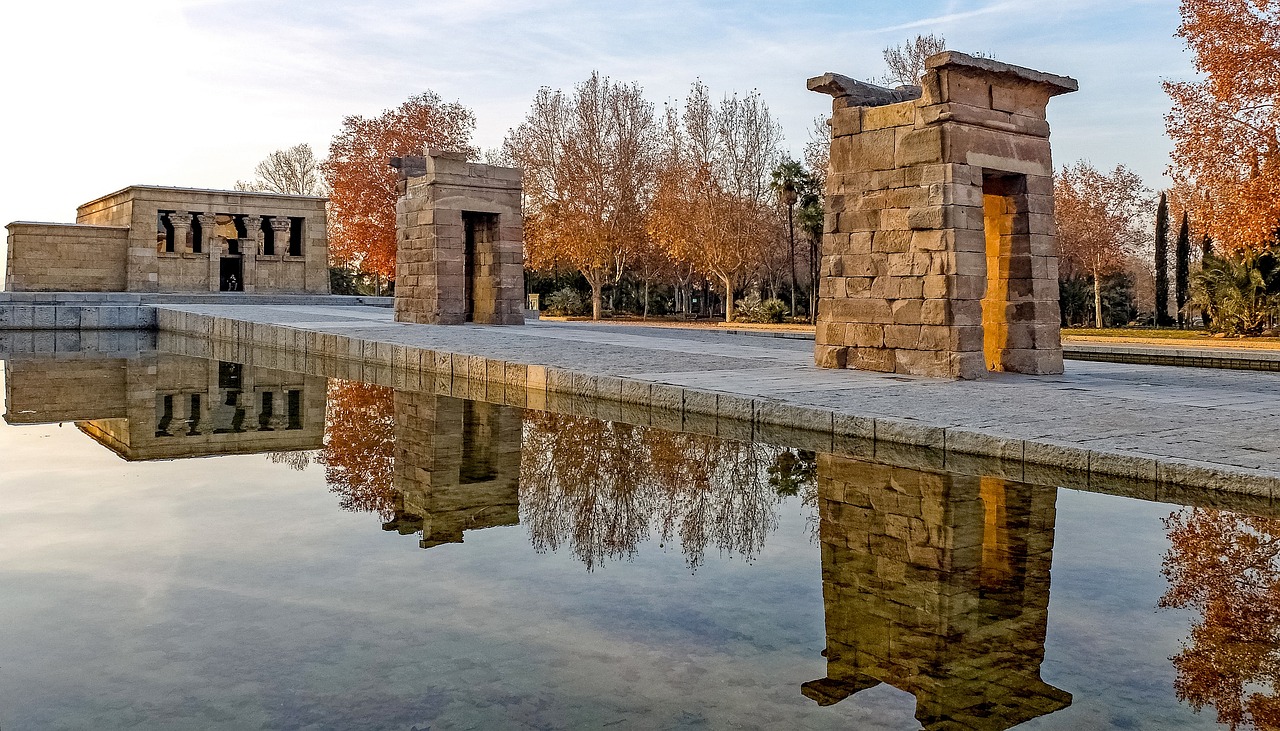Amon, also known as Amun, Amen, or Ammon, is an ancient Egyptian deity esteemed as the sovereign of the gods. Initially recognized as one of the deities in the Hermopolite creation narrative, his following expanded in Thebes, where his influence grew significant under the reign of Mentuhotep I (2008–1957 BCE). During this time, Amon was associated with the sun god Re from Heliopolis, and together, they were worshipped as Amon-Re, the national god.
Amon is typically depicted in human form with a ram’s head or simply as a ram itself. He was an integral part of the Theban triad, alongside the goddess Mut and the young god Khonsu. His temple in Karnak emerged as one of the largest and most affluent in ancient Egypt from the era of the New Kingdom (1539–c. 1075 BCE). Local manifestations of Amon also received adoration at the Temple of Luxor on the eastern banks of Thebes and at Medinet Habu on the western side. The meaning of Amon’s name translates to “The Hidden One,” and his blue representation symbolized invisibility. This aspect contributed to the belief, during the New Kingdom, that Amon possessed knowledge and impartiality, making him a divine protector for the downtrodden.
Amon’s power was intricately tied to the political stability of Egypt. Even during the Hyksos occupation (circa 1630–circa 1523 BCE), Theban leaders upheld his worship. Following the Theban triumph over the Hyksos and the formation of a new empire, Amon’s prominence and the wealth of his temples flourished. Although Akhenaton (Amenhotep IV) attempted to reform the religious practices to diminish Amon’s prominence in favor of a single deity, his efforts faltered as the belief in Amon and other gods remained unshaken. Under the subsequent rulers Tutankhamun, Ay, and Horemheb (1332–1292 BCE), Amon was reinstated as the divine protector of the empire and its pharaohs.
Throughout the New Kingdom, theological advancements among the priests associated with Amon fostered new ideas about his divinity, suggesting that he could be part of a triad alongside Ptah and Re, or view him as a singular deity representing all other gods, including Ptah and Re. During the era when the priests wielded political power in Thebes (circa 1075–circa 950 BCE), Amon’s role became that of a universal god who participated actively through oracles in various state matters.
Despite the challenges brought on by invasions and upheavals during the 22nd and 23rd dynasties, including the Assyrian invasion (671–circa 663 BCE) and the pillaging of Thebes (circa 663 BCE), Amon’s cult endured. A secondary center of worship developed in Tanis within the Nile Delta as well as among those in Kush (modern Sudan), who were assimilated by the Egyptian followers of Amon during their invasion, thus creating the 25th dynasty (715–664 BCE). Thebes became a focal point for resistance against foreign rulers. Amon’s veneration extended to various oases, most notably Siwa, where he was associated with Jupiter. Alexander the Great sought Amon’s endorsement at Siwa and restored the temple at Luxor.
While the early Ptolemaic leaders strove to maintain Egyptian nationalism through temple support, starting with Ptolemy IV Philopator in 207 BCE, uprisings in Upper Egypt sparked off. The revolt from 88-85 BCE saw Ptolemy IX Soter II sack Thebes, inflicting serious damage to Amon’s worship. The destruction continued into 27 BCE with a substantial earthquake ravaging the Theban temples. Subsequently, the Greco-Roman world saw the rising influence of the mystical cults of Isis and Osiris, which gradually overshadowed the worship of Amon.



